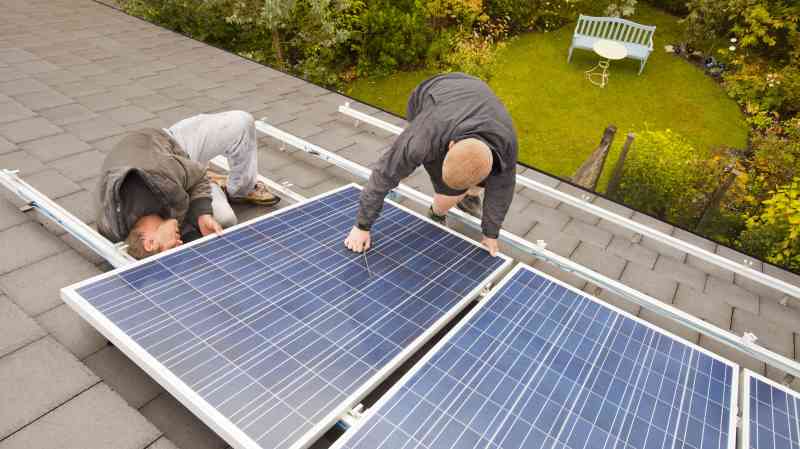Renewable electricity sources grew at their fastest rate in two decades last year as wind and solar installations boomed despite the pandemic.
A total of almost 280 gigawatts of solar, wind, hydro-electric and other renewable power capacity was added in 2020, the biggest figure in history and a 45 per cent increase on the amount installed in 2019, the International Energy Agency said in a report. That took the world’s total installed capacity to 2,968 gigawatts.
While hydro-electric power accounts for close to half of this existing capacity, new additions are overwhelmingly driven by wind and solar.
About 134 gigawatts of solar capacity was added, up 23 per cent on the previous year’s additions, while 114 gigawatts of wind turbines were installed, almost double the previous year.
Fatih Birol, executive director of the IEA, said: “Wind and solar power are giving us more reasons to be optimistic about our climate goals as they break record after record. Last year the increase in renewable capacity accounted for 90 per cent of the entire global power sector’s expansion.”
In its report, the IEA said that “renewables were the only energy source for which demand increased in 2020 despite the pandemic, while consumption of all other fuels declined”.
China accounted for half of the new installations amid “a rush to complete projects before government subsidies were phased out”. In Europe, the US, India and Latin America, government support and falling prices for solar and wind energy continue to drive installations, the IEA said.
The IEA forecast that the scale of new installations seen in 2020 would become “the new normal”, predicting that 270 gigawatts would be added this year and 280 gigawatts next year, Birol added: “Governments need to build on this promising momentum.”
